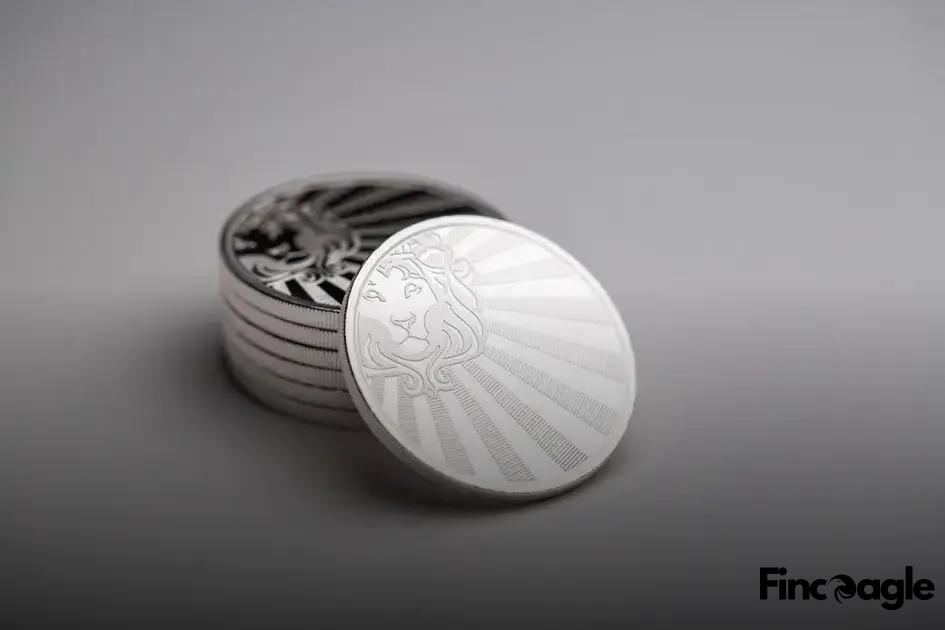The Future of the Euro: Stability or Collapse? This question weighs heavily on economists and policymakers worldwide. As the eurozone grapples with significant economic challenges, understanding the origins and evolution of the euro, its impact on global economies, and predictions for its stability becomes crucial. This analysis explores these key aspects to envision potential scenarios for the euro’s future, providing insights into whether it can maintain its role as a cornerstone of global financial stability or face uncertainty and potential collapse.
Origins and Evolution of the Euro
The euro was introduced as a common currency to foster economic integration among European nations. Initially, 11 countries adopted the euro in 1999, marking a new era of economic collaboration. Today, it is used by 19 of the 27 European Union countries, becoming the second most traded currency globally.
The euro’s evolution has been shaped by both economic ambitions and challenges. Initially, it aimed to reduce exchange rate volatility and transaction costs, promoting cross-border trade and investment. However, the financial crises of the late 2000s exposed vulnerabilities in the eurozone, highlighting the need for stronger fiscal policies and economic coordination among member states.
Crisis response
The European Central Bank (ECB) played a crucial role in stabilizing the euro during turbulent times. Measures such as lowering interest rates and quantitative easing were implemented to maintain financial stability. These actions were instrumental in reinforcing the euro’s position but also sparked debates on monetary policy sovereignty and economic governance within the eurozone.
Presently, the euro’s role extends beyond Europe, influencing global economies and markets. Its journey from inception to becoming a major global currency illustrates a complex narrative of ambition, resilience, and ongoing adaptation. Understanding its origins and evolution provides insights into its current challenges and future prospects.
The Euro’s Impact on Global Economies

The introduction of the Euro marked a significant shift in the economic landscape worldwide. Its influence extends beyond the borders of the Eurozone, affecting both local and global markets. By serving as a strong currency, the Euro competes with other major currencies, particularly the US dollar. This competition impacts globally through trade balances, with businesses in and out of Europe feeling the effects. Exchange rates play a crucial role, affecting everything from export prices to tourism.
Financial Markets and Investments
The Euro’s stability—or lack thereof—also influences investor confidence. A stable Euro can attract investments into the Eurozone, while volatility or weakness could drive investors to seek more stable securities in other currencies. It’s vital to look at how changes in the Euro’s value can lead to shifts in international stock markets, and even affect interest rates globally. Thus, the Euro’s impact is not confined to Europe alone; its ripple effects can be felt across continents, shaping policies and economic strategies in diverse regions.
Predictions for the Euro’s Stability
The euro has faced considerable scrutiny since its inception. Experts continuously analyze various factors that may influence its stability in the coming years. One of the primary concerns is the economic health of individual member countries. Some nations have stronger economies, while others struggle with high debt levels and sluggish growth. These disparities can be a source of tension within the European Union.
Additionally, the political climate plays a significant role in the euro’s future. Political shifts within member states, such as changes in leadership or policy, could potentially affect the currency’s stability. Furthermore, international relations, including trade agreements and diplomatic ties, are crucial for maintaining a balanced exchange rate and economic harmony. The strength of the euro is closely linked to the collective financial and political will of its member nations.
Inflation is another critical factor to consider. Keeping inflation under control is vital for maintaining trust in the euro. The European Central Bank (ECB) is tasked with this mission, and its monetary policies significantly influence inflation rates. How effectively the ECB manages inflation will play a considerable role in the long-term stability of the euro. Economic forecasts often rely on data provided by the ECB to determine potential outcomes.
Finally, global economic conditions, such as market trends and other currencies’ performance, affect the euro’s stability too. As a major global currency, the euro must adapt to changes in the international financial landscape. Analysts continually assess and predict possible shifts that could impact its position in the global market.
Potential Scenarios for the Euro’s Future

The future of the euro presents multiple potential scenarios depending on various economic and political factors. One potential scenario involves enhanced cooperation among Eurozone countries, potentially leading to greater economic stability. In this case, member countries might work together to strengthen fiscal policies, ensuring a more unified approach to economic challenges.
Another scenario could see the euro facing significant challenges if member countries struggle to adhere to fiscal discipline. In such a situation, disparities in economic performance could lead to tension within the Eurozone, impacting the euro’s value and its role in global markets.
Furthermore, the euro might evolve with technological advancements, such as digital currencies gaining prominence. This evolution could enhance transaction speed and security, potentially affecting how the euro is used and perceived in international trade.
On the political front, shifts in the priorities of Eurozone leadership also play a critical role.
Considerations about political cohesion
are crucial, as differing national interests could either bolster or undermine collective efforts to maintain the euro’s stability.
Additionally, external factors such as global economic shifts and trade relations with major economies like the United States and China have the power to influence the euro’s trajectory. The interplay between these factors will largely determine whether the euro continues as a pillar of stability or faces hurdles that lead to a reevaluation of its role.





